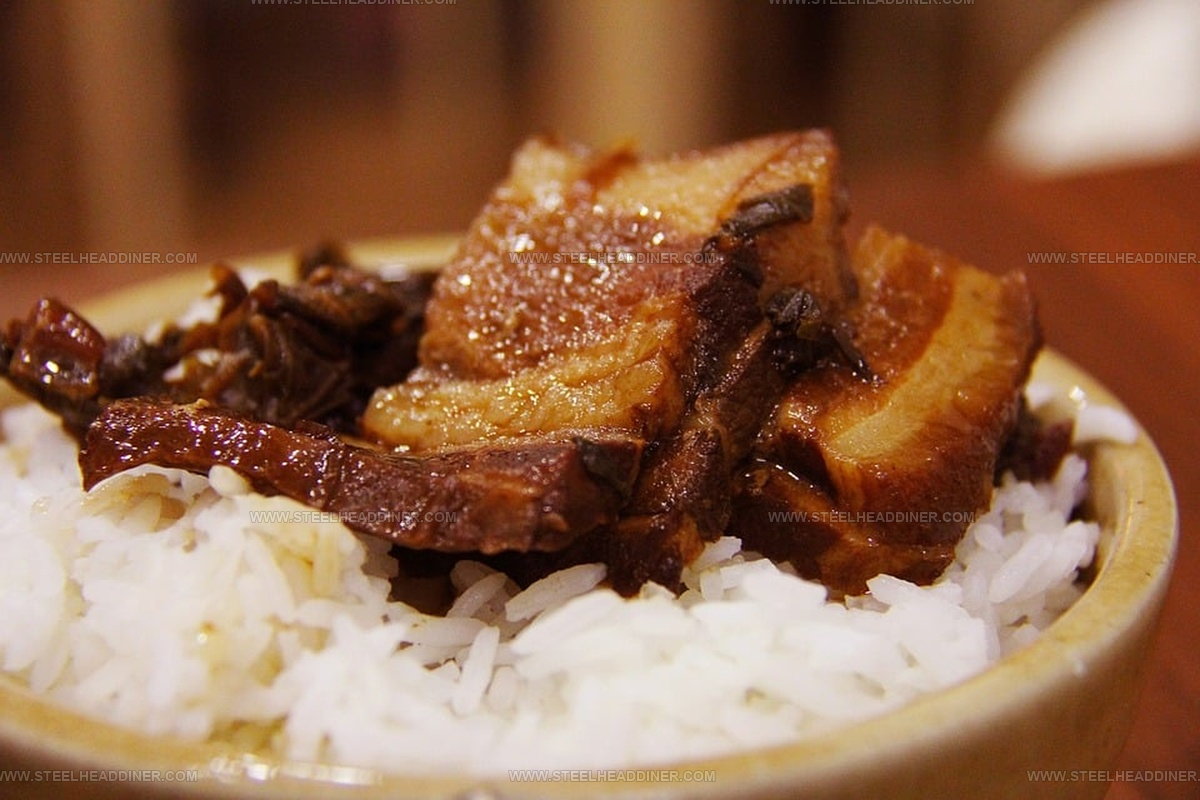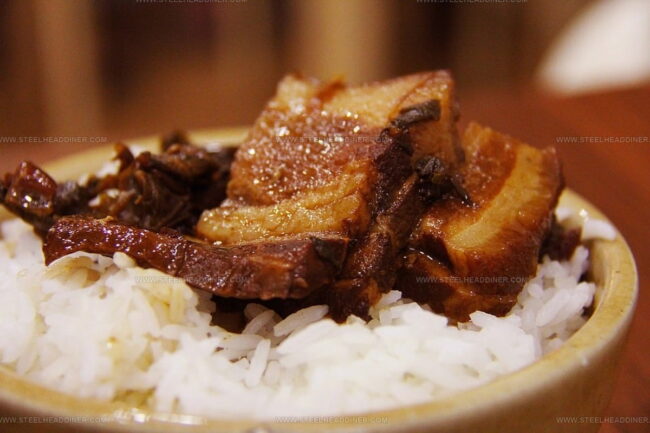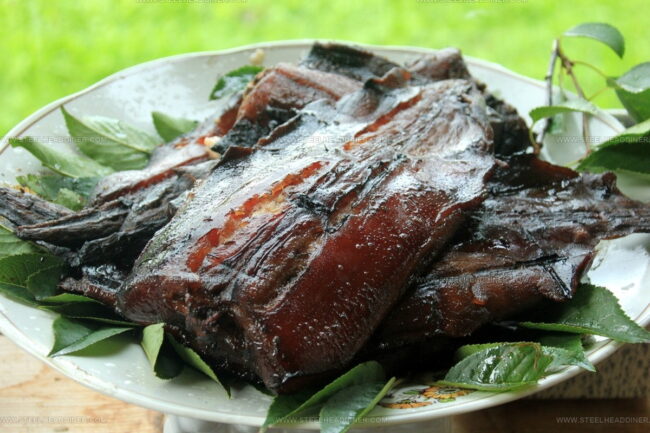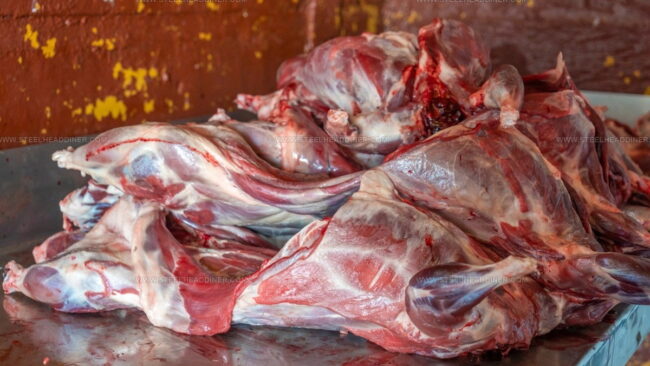What Does Beaver Taste Like? A Walk On The Wild Side of Flavors
Beaver meat, a curious culinary subject, often sparks intrigue among adventurous food enthusiasts and wilderness survivalists.
Wild game consumption presents unique challenges and unexpected experiences for those willing to step beyond traditional protein sources.
Hunters and outdoor enthusiasts frequently encounter this distinctive protein during their wilderness expeditions.
Some individuals approach beaver meat with hesitation, wondering about its flavor profile and potential preparation methods.
Regional cooking traditions and survival techniques have long included beaver as a sustainable protein source in certain communities.
Understanding the nuances of preparing and enjoying beaver meat requires knowledge beyond simple curiosity.
The complex world of wild game cuisine offers surprising insights into traditional and contemporary eating practices.
Are you ready to unravel the delicious mysteries surrounding this unconventional meat?
Beaver Meat: Background And Sourcing
Hunters sought beavers for their meat, fur, and castoreum. Two beaver species exist in the world.
These animals belong to the Castoridae family, with North American and Eurasian Beavers representing the remaining types.
Protection for these animals came later, during the late 19th and early 20th centuries.
Castoreum from their castor sacs found uses in medicine, flavoring, and perfume production.
Fur trading also relied heavily on beaver pelts as a key economic resource.
Hunting beavers requires careful attention to legal and safety concerns.
Markets rarely stock beaver meat, making it challenging to find.
Hunting might be possible in some regions, but risks include potential health issues with the animal.
Specific online sellers offer beaver meat by the pound for interested consumers.
How Does Beaver Meat Taste?
Beaver meat offers a surprisingly delightful eating experience.
Meat from this animal feels just like chicken and lacks any fishy hints.
Slow cooking at 350 degrees for three hours works best.
Frying pans help prevent messy spills while ensuring fantastic flavor.
Sampling this meat might bring unexpected pleasure.
Beaver meat shows a dark color similar to rabbit meat.
Salt brings out its mild taste easily.
Chewing feels like working through jerky with its chewy texture.
High fat content makes some compare its flavor to bacon.
My own experience revealed tastes close to pulled pork.
Removing outer fat layers makes the meat taste much better.
Fat sections carry stronger flavors, while clean meat sections provide more enjoyable bites.
Beaver Meat: Nutrition Facts
Beaver meat stands out as a powerhouse of nutrition and health benefits.
Single pound of boneless beaver provides 100 grams of protein and 600 grams of calories.
Beyond protein, this meat delivers essential minerals and a healthy fat content.
Beaver flesh contains key nutrients like potassium, phosphorus, sodium, water, vitamins A, C, B1, B2, B3, selenium, magnesium, iron, and calcium. Minerals work as critical components that help body organs function correctly.
Small amounts support various biological processes.
Selenium serves as a notable example, carrying potential anti-cancer properties that might help block harmful cell development.
Iron plays a crucial role in cellular communication and oxygen transportation throughout bloodstream and body tissues.
Beaver liver specifically gains recognition for its substantial protein and vitamin A levels.
Vitamin A supports eye health and reduces risks of potential eye complications.
Combined with calcium found in beaver meat, it becomes essential for proper skin and bone development.
Vitamins working together can strengthen immune systems and shield against common infections.
Key health benefits include:Ways To Cook With Beaver Meat
Beaver meat might feel tough and hard to chew.
Fresh meat could taste similar to jerky right after cooking.
Hunting or catching a beaver takes some skill before preparing it for a meal.
Salt water helps clean the meat overnight and removes extra blood.
Hunters can collect special glands from the beaver's lower body.
These glands sell well to perfume makers who use them for creating scents.
Cooking beaver requires removing the tail before preparation.
Beaver tail contains pure fat, so chefs suggest cooking it separately.
Cooks can use tail fat to add richness to different dishes.
Fat from the tail works great when broiled on a stick or mixed into sauces.
Meat from beavers works well in many cooking styles like:
Flavor Comparison: Beaver vs. Rabbit and Venison
Trying different wild meats can be an adventure in taste, and each animal brings its own unique flavor and texture to the table:
Beaver
The meat is rich, dark, and tender, with a slightly sweet and earthy flavor. Some people say it tastes a bit like duck or other waterfowl, especially when slow-cooked. The fat on beaver meat adds a mild, almost buttery taste, making it good for stews and roasts.
Rabbit
Rabbit has a light, delicate flavor that’s often compared to chicken, but with a hint of sweetness and a slightly firmer texture. It absorbs seasonings well and works in a variety of dishes, from stews to grilled recipes.
Venison
Venison, or deer meat, is lean and has a bold, gamey flavor. It’s more robust than rabbit or beaver, with a slightly wild aftertaste. The texture is usually firmer, and the meat benefits from slow cooking or marinating to keep it tender.
Overall Comparison
Beaver is the richest and most distinctive of the three, with a taste shaped by its natural habitat. Rabbit is the mildest and easiest for beginners, while venison stands out for its strong, earthy notes and lean texture.






Maya Thompson
Culinary Content Creator & Nutrition Enthusiast
Expertise
Healthy single-serving recipes, Meal prepping for individuals, Integrating nutrition into everyday cooking, Vegetarian and plant-based cuisine
Education
The Chef’s Academy at Harrison College
Associate of Applied Science in Culinary Arts
Focus: Nutrition, meal planning, and culinary techniques for healthy living.
Maya found her passion in the kitchen by mixing good food with good energy. After earning her culinary degree at The Chef’s Academy at Harrison College, she made it her mission to keep cooking simple, wholesome, and packed with flavor.
At Steelhead Diner, Maya shares easy, healthy recipes built for real life. For Maya, great food seems like a celebration of everyday moments, made better one fresh bite at a time.